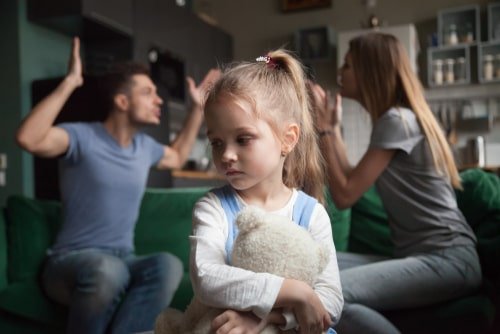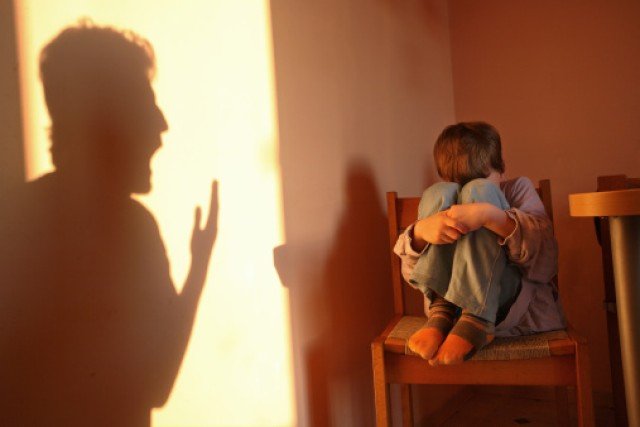Child abuse is one of the most serious issues affecting the physical, emotional, and psychological well-being of children worldwide. It occurs in different forms and can have long-lasting effects on a child’s development. Understanding the types of child abuse is crucial for parents, educators, and society to recognize the signs and take timely action. In this article, we will explore the main categories of child abuse and how they impact children.
1. Physical Abuse
Physical abuse refers to any intentional act that causes physical harm to a child. This includes hitting, slapping, burning, shaking, or any other action that results in injury. Often, physical abuse is justified as discipline, but when it causes harm, it becomes abuse.
Children who experience physical abuse may show signs such as unexplained bruises, burns, or fractures. They may also develop fear, anxiety, and trust issues. Long-term consequences can include aggression, difficulty forming relationships, and even chronic health problems. Preventing physical abuse involves spreading awareness about non-violent forms of discipline and strengthening child protection laws.
2. Emotional Abuse

Emotional or psychological abuse involves behaviors that damage a child’s self-esteem, confidence, or emotional stability. This type of abuse can be more subtle than physical abuse but equally harmful. Examples include continuous criticism, humiliation, rejection, isolation, and threats.
Depression, anxiety, and low self-esteem are all symptoms that children who have experienced emotional abuse may have. They may isolate themselves from society and frequently experience a lack of love. Over time, emotional abuse can affect academic performance and lead to self-destructive behaviors. Caregivers must learn positive communication methods and provide emotional support to ensure healthy development.
3. Sexual Abuse
Sexual abuse is one of the most severe forms of child abuse. It includes any activity where a child is used for sexual gratification by an adult or older individual. This may involve inappropriate touching, exposure to sexual content, exploitation, or rape.
Children who are victims of sexual abuse often suffer from deep emotional scars, nightmares, guilt, and shame. They may develop trust issues and face difficulties in forming healthy relationships later in life. In many cases, children remain silent due to fear or manipulation, making it essential for adults to create a safe environment where children feel comfortable reporting such incidents.
4. Neglect
Neglect happens when a caregiver fails to provide a child’s basic needs such as food, shelter, clothing, medical care, education, or emotional support. Unlike physical abuse, neglect is often a passive form of abuse but equally damaging.
Neglected children may appear malnourished, dirty, or improperly clothed for the weather. They may frequently miss school, suffer from untreated illnesses, and show signs of poor emotional bonding. Long-term neglect can severely affect a child’s growth, learning ability, and overall development. Educating parents about proper childcare and providing community support can help reduce neglect cases.
5. Exploitation and Child Labor
Another harmful form of child abuse is exploitation, which includes child labor, trafficking, or using children for illegal activities. Millions of children worldwide are forced to work in unsafe conditions, depriving them of education, health, and a normal childhood.
Child exploitation not only violates human rights but also traps children in cycles of poverty. Victims frequently experience psychological distress, physical harm, and weariness. Stronger enforcement of child protection laws and global efforts are required to end exploitation and ensure every child’s right to safety and education.
Child abuse exists in multiple forms—physical, emotional, sexual, neglect, and exploitation—all of which can leave lifelong scars. Recognizing the types of child abuse is the first step toward prevention and protection. All children should have a secure and supportive environment where they can develop, learn, and flourish. Parents, teachers, communities, and governments must work together to raise awareness, enforce laws, and provide support systems that safeguard children.
Is Marijuana Canabies Ban in India ?
Read Also: Law Websites
![]()





